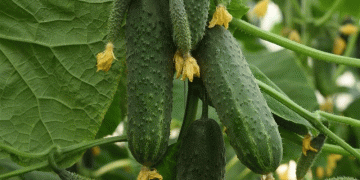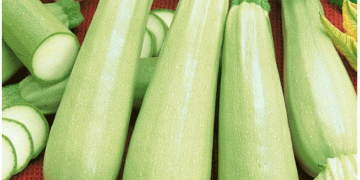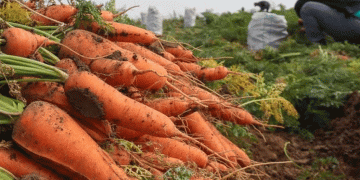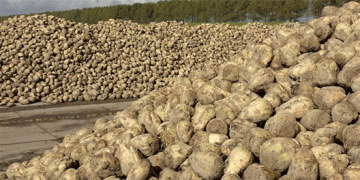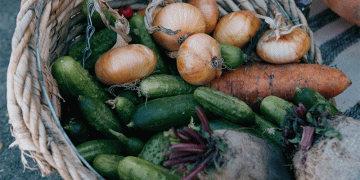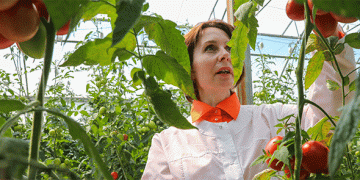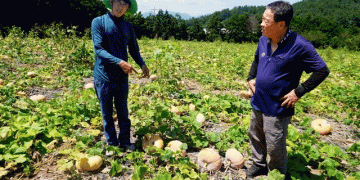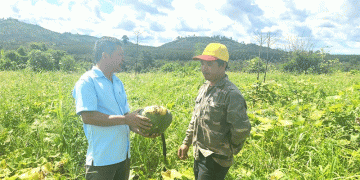In Tokushima Prefecture’s Itano Town, fields are buzzing with activity as the region reaches the peak season for harvesting its prized “haru ninjin” or spring carrots. Tokushima, already renowned for being Japan’s largest producer of this seasonal crop, saw a total yield of approximately 35,000 tons last year—leading the nation in spring carrot production, according to the local agricultural cooperative (JA).
Spring carrots are unique in their cultivation cycle. Sown in autumn and harvested from March through June, they thrive in Japan’s temperate winters. This year’s crop faced early challenges—persistent rainfall during the November sowing period led to smaller root sizes. However, favorable growing conditions in the following months helped ensure a stable yield in line with previous years.
What sets Tokushima’s spring carrots apart is their remarkable sweetness and delicate skin. These qualities make them ideal for raw consumption and juicing—an attribute proudly highlighted by local producer Yoshifumi Toyonaga. Working alongside his family, Toyonaga cleans and sorts the fresh, bright orange roots with care, preparing them for distribution across Japan, including major urban markets in the Kanto and Kansai regions.
“Because they’re so sweet, these carrots are delicious raw, and carrot juice made from them is excellent,” says Toyonaga. “As producers, we are committed to delivering Japan’s best spring carrots.”
The harvest will continue until early June, during which time demand for fresh, healthy produce is high. The success of Tokushima’s spring carrot campaign also speaks to broader themes in modern agriculture—balancing weather unpredictability with cultivation techniques and strong local cooperation to maintain supply chains and quality standards.
Tokushima’s spring carrots are more than just a regional specialty—they represent a sustainable, high-quality agricultural product that meets consumer demands for flavor, freshness, and health. As climate variability challenges traditional farming calendars, the spring carrot’s success story underscores the resilience and adaptability of Japan’s farming communities.
















